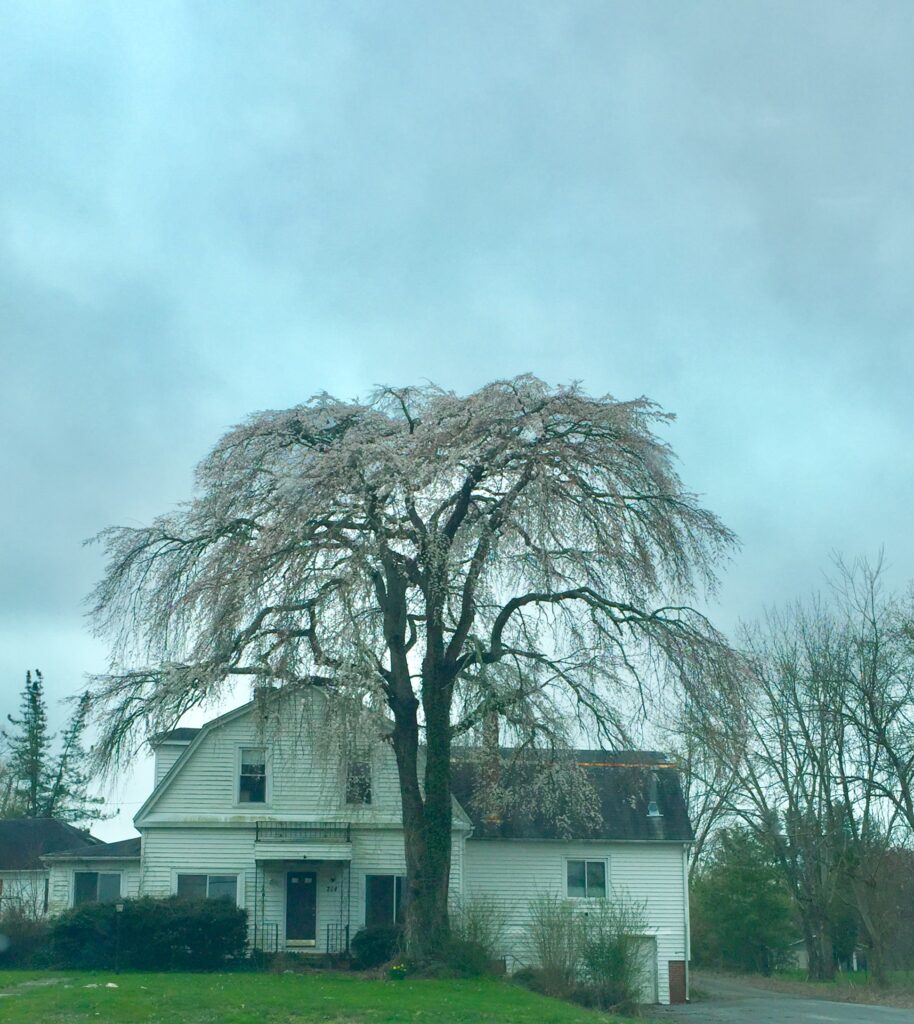Landscape Alert – Escaped Weeping Cherry Trees
go.ncsu.edu/readext?993277
en Español / em Português
El inglés es el idioma de control de esta página. En la medida en que haya algún conflicto entre la traducción al inglés y la traducción, el inglés prevalece.
Al hacer clic en el enlace de traducción se activa un servicio de traducción gratuito para convertir la página al español. Al igual que con cualquier traducción por Internet, la conversión no es sensible al contexto y puede que no traduzca el texto en su significado original. NC State Extension no garantiza la exactitud del texto traducido. Por favor, tenga en cuenta que algunas aplicaciones y/o servicios pueden no funcionar como se espera cuando se traducen.
Português
Inglês é o idioma de controle desta página. Na medida que haja algum conflito entre o texto original em Inglês e a tradução, o Inglês prevalece.
Ao clicar no link de tradução, um serviço gratuito de tradução será ativado para converter a página para o Português. Como em qualquer tradução pela internet, a conversão não é sensivel ao contexto e pode não ocorrer a tradução para o significado orginal. O serviço de Extensão da Carolina do Norte (NC State Extension) não garante a exatidão do texto traduzido. Por favor, observe que algumas funções ou serviços podem não funcionar como esperado após a tradução.
English
English is the controlling language of this page. To the extent there is any conflict between the English text and the translation, English controls.
Clicking on the translation link activates a free translation service to convert the page to Spanish. As with any Internet translation, the conversion is not context-sensitive and may not translate the text to its original meaning. NC State Extension does not guarantee the accuracy of the translated text. Please note that some applications and/or services may not function as expected when translated.
Collapse ▲
The weeping Higan cherry tree is a beautiful mainstay of western NC landscapes and wild areas in the spring time.
In the springtime in Western North Carolina many trees and shrubs can be found blooming in forests and fields and along roadsides. One of the prettiest is the weeping Japanese cherry. These trees are not native but have naturalized locally. This means they have escaped cultivation.
Prunus subhirtella also known as the the weeping Higan cherry, has been cultivated for centuries by Japanese gardeners. Since the advent of European colonization over the last two hundred years, the weeping Higan cherry has been transported globally as an ornamental tree.
Weeping cherries are fairly hardy meaning they are able to survive winters in the mid-latitudes. As is often the case with exotic plants, the weeping Higan cherry tree has escaped landscape and garden cultivation. This means they can be found growing wild in forests, fields and roadsides. In some states the tree is considered an invasive species.
Locally, the tree is not considered to be invasive. Invasive means an exotic plant has escaped cultivation and is negatively impacting native environments. Weeping cherries have not been harmful to local ecosystems so far as we know. So, enjoy their festive spring floral displays.







